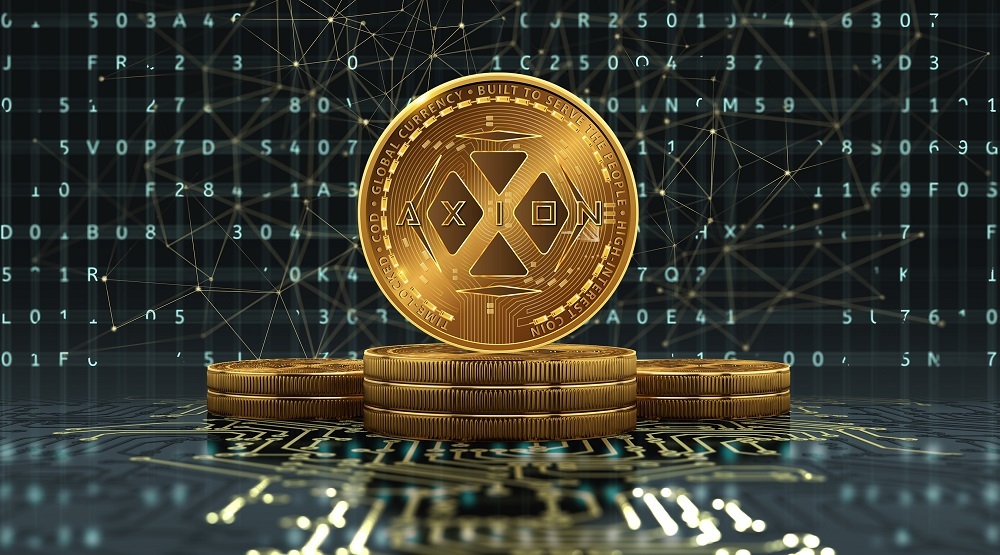
At the beginning of the cryptocurrency era, news outlets all over the world were filled with stories of pioneering investors made into billionaires overnight. Then, they were filled with stories about the ensuing crash that wiped out many of the poor investors that rushed in to follow them. It turned out that volatility was soon to become a hallmark of cryptocurrencies, in general.
Since those early days, many new cryptocurrencies have come and gone. Most were designed to solve some of the technical issues that had hampered Bitcoin as it grew more popular. Others were meant to serve as extensions of Bitcoin's groundbreaking blockchain technology. And still more - the so-called stablecoins - aimed to smooth out that trademark volatility that had prevented cryptocurrencies from breaking through into the realm of traditional financial markets.
The trouble was, none of the new approaches really accomplished the one thing that might finally make cryptocurrencies attractive for rank-and-file investors: providing a reliable income stream. You see, volatility makes for poor investments by anyone other than wealthy speculators that can afford to lose their principal. And stablecoins serve no investment purpose because they're no better than investing in the fiat currencies they're pegged to.
But here in 2020, the crypto world has produced an all-new approach that might finally provide what its progenitors could not. It's called Axion, and it appears poised to become the next big thing in crypto-investing. Here's a look at what it is, how it works, and why it might succeed in making believers out of cautious traditional investors where so many previous cryptocurrencies have failed.
A Crypto Certificate of Deposit
For many years, one of the most attractive long-term investment vehicles that average savers used to build wealth was the venerable certificate of deposit (CD). It offered a predictable way for anyone with money to commit for a defined period to guarantee a decent return on their investment with no risk to their principal. The idea is, you'd lend a bank your money for a set period (and agree not to withdraw early unless you didn't mind paying hefty fees), the bank would use your money along with that of other depositors to generate income, and you'd get a defined share of the proceeds at the end.
That's exactly what Axion is, in a nutshell, except in crypto form. Investors can purchase Axion, with an agreement that they will not sell it or exchange it for another currency for a defined period. In exchange, they receive 8% interest on their investment each year that they're staked, plus whatever gains they earn from the natural appreciation in the value of their holdings. And as anyone who has looked into traditional CDs lately can tell you, you'd be lucky to earn 1% APY - making Axion an unbeatable investment.
How Axion Works
There is a major difference between traditional CDs and Axion, however. The former earns its money through managed investments made by the bank issuing the CD. In Axion's case, the gains are self-generated. This is accomplished in two ways. First, the fact that Axion holders can't sell their stakes without paying significant penalties has the effect of preventing the kinds of mass selloffs that tend to produce deflationary pressure on a currency. That serves to protect investors' principal by suppressing any volatility in Axion's price.
The second part of the gains comes from an innovative auction system. Each day, a pool of Axion resulting from early withdrawal penalties, late withdrawal penalties, and unclaimed swap tokens (holders of the HEX cryptocurrency are eligible to exchange for Axion at a 1:1 ratio) goes up for auction. Investors can bid for the Axion in the pool, with winners receiving a percentage of the total Axion equal to their bid's share of the total bidding for the day. Then, 80% of the proceeds of the sale immediately go toward buybacks of Axion circulating on the major exchanges, with the other 20% going to fund further development of the Axion ecosystem and provide additional liquidity to the main Axion market.
The daily auction has two simultaneous effects. First, it creates upward inflationary pressure on Axion via the exchange purchases. And second, the repurchased Axion gets distributed to all stakers in proportion to their holdings. Together, the system is able to more than sustain those yearly 8% returns - and will likely end up with a yield far higher than that due to the appreciation of the base currency that's built into the system.
Why All of This Matters
Although Axion's potential as an investment vehicle alone is enough to make it a significant development in the history of cryptocurrency, that's not the only reason it's important. It also marks one of the first attempts at creating an investor-friendly cryptocurrency ecosystem that thrives on stability, rather than on volatility. It also makes use of a tried-and-true investment format that the average person already understands and is comfortable putting their money behind.
For that reason, Axion stands a decent chance of attracting investors that have thus far avoided cryptocurrencies for fear of all of the pitfalls that usually come with them. That gives it a leg up on its rivals because it can draw from a funding pool that competitors don't have access to. In the end, it might represent a watershed moment in the evolution of cryptocurrencies - becoming the kind of crossover success that vaults cryptocurrencies into the mainstream once and for all. And it might even do it while minting a few new crypto-millionaires along the way, which is an outcome that Axion's earliest investors can't wait to achieve.
* This is a contributed article and this content does not necessarily represent the views of techtimes.com








